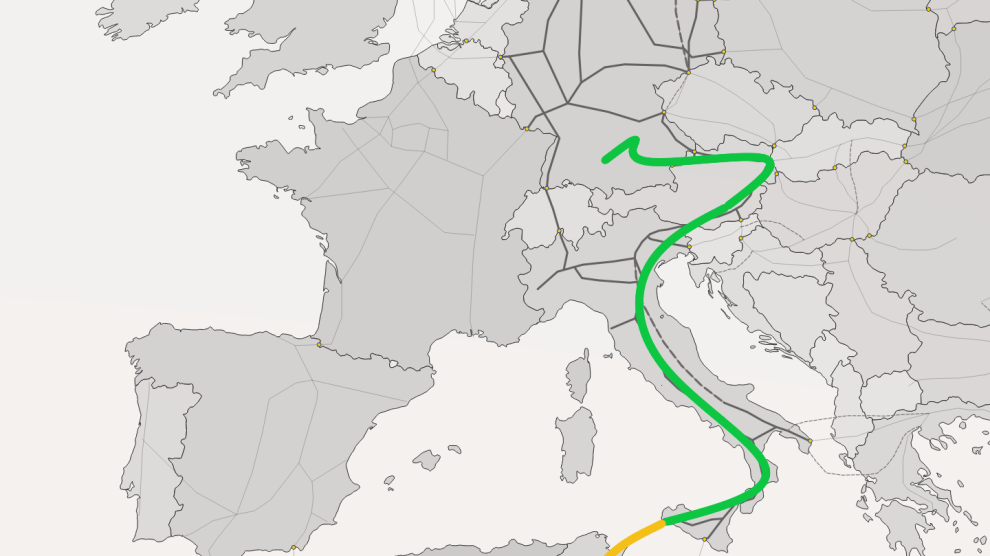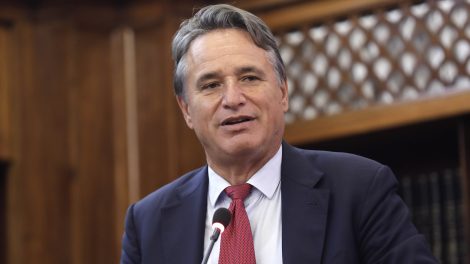Towards a new EU H2 link. On Tuesday, the Energy Ministries of Austria, Germany and Italy signed a joint letter of political support to develop a European hydrogen corridor, consisting of new hydrogen-ready pipelines to transport the green gas from Northern Africa to Southern Germany through Italy and Austria.
- All the different sections can qualify as Projects of Common European Interest (IPCEIs), meaning their development represents critical European infrastructure – especially as the bloc pushes on with the energy transition – and will likely attract EU funding.
Who’s in. Four major European companies are ready to undertake its construction: Snam will handle the Italian section, whereas Trans Austria Gasleitung (TAG) and Gas Connect Austria (GCA) will work on the Austrian one, and Bayernets will develop the German side. All companies “welcome this political support,” according to a joint statement.
The details. The dedicated pipeline system, dubbed “SoutH2 Corridor”, will stretch for 3,300 kilometres from the Northern African coast in Tunisia, run along the Italian gas backbone, transit into Austria and end up in Bavaria, the industrially-heavy region of Southern Germany.
- The idea is to enable the supply of competitively-priced hydrogen, produced by leveraging the Southern Mediterranean’s ample availability of renewable power, to key European clusters of demand.
- The initiative is hinged on utilising existing repurposed midstream gas infrastructure to transport hydrogen, with the inclusion of some new dedicated infrastructure where necessary, reads the note; over 70% of the infrastructure will make use of repurposed pipelines.
- Capacity is estimated at over four million tonnes per year, meaning the corridor could deliver up to 40% of the RePowerEU target, according to the participating companies.
The timeline: SoutH2 Corridor is expected to be fully operational as early as 2030, reads the note. Four individual project candidates will contribute to forming the final infrastructure once completed (here are more details about them).
All is going as (Mattei) planned. This looks like a crucial step for what the Meloni government terms the Mattei Plan, a strategy centred on foreign policy, translational infrastructure and local investments to promote shared growth between Italy and African nations.
- This Plan, named after the legendary Italian entrepreneur who ushered in non-exploitative energy projects in emerging countries, is also meant to spearhead European investments in the continent under the Global Gateway project – the EU’s response to great power investment in the region.
- This is meant to be a transparency-centred response to the likes of China’s Belt and Road Initiative and its investments, which often come with exploitative strings attached.
- On Monday, Italian Foreign Minister Antonio Tajani met with several African ambassadors to continue consolidating ties and announce that the details of the Plan will be unveiled at the Italy-Africa Conference in autumn.
Image: SoutH2corridor.net





